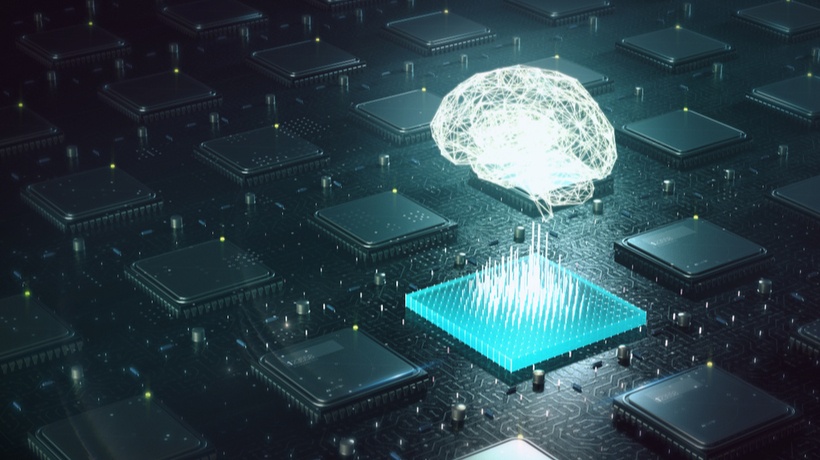Deep Learning: Common Applications And Benefits
Deep learning market is used synonymously with that of machine learning, yet they are not the same. The former is a process where a machine learns to perform something with artificial neural networks that are composed of different levels that are arranged in a hierarchy. Machine learning, on the other hand, is a form of Artificial Intelligence where computers learn to do something sans being programmed in doing it.
Components
Deep learning apparatus comprises of the following:
- Multiple layers of artificial neurons that simulate the human brain
- Neuron connections getting weaker or stronger depending on input data
- Observed data gets generated via the interaction of various layers
- Different forms of training resting on the need
- Data that could be unlabeled or labeled
- The machine gets smarter with every set of data
- In the final stage, the machines becoming cognitive
Common Applications Of Deep Learning
It is used in various end use industries, from medical devices to automated driving, and more.
- Automated driving
Automotive researchers use deep learning to detect objects automatically, such as stop traffic lights and signs. Besides, it is also used for detecting pedestrians to decrease accidents. - Medical research and healthcare
Cancer researchers are utilizing deep learning to detect cancer cells automatically. Teams at UCLA have developed an advanced microscope that yields a high-dimensional data set for training a deep learning app to identify cancer cells precisely. Besides, currently it focuses on disease tracking, medical imaging, drug discovery, protein structure analysis, and virus infectivity and severity to combat coronavirus. - Aerospace and defense
Deep learning is also utilized to identify objects using satellites that locate areas of interest and identify unsafe or safe zones for troops. - Electronics
Deep learning is used in speech translation and automated hearing. For instance, home assistance devices that respond to one’s voice and know one's preferences are powered through deep learning applications. - Industrial automation
Last but not least, deep learning helps to improve the safety of workers around heavy machinery by automatically detecting when objects or people are within an unsafe distance from a machine.
Benefits Galore
It is in great demand owing to the multiple benefits that it offers, such as:
1. Maximum Use Of Unstructured Data
A huge part of the data of an organization is generally unstructured as they exist in various formats such as texts, pictures, and others. For most of the algorithms of machine learning it is quite challenging to analyze unstructured data. It is here that deep learning comes into the picture. One can use various formats of data to train the algorithms of deep learning and still obtain insights that are pertinent to the training purpose. For instance, the algorithms can be used to uncover existing relations between social media chatter, industry analysis, and more for predicting a given organization’s upcoming stock prices.
2. Eliminate Feature Engineering
Feature engineering in machine learning is a key job as it improves accuracy, and at times the process may need domain knowledge regarding a specific problem. A key advantage of deep learning is its capability of executing feature engineering by itself. An algorithm in this approach scans the data for identifying features that correlate and then combine the same promoting faster learning without being told to do it explicitly. It helps data scientists by saving a huge amount of work.
3. Deliver Top-Notch Results
People often make careless mistakes. But this is not the case with neural networks. Once trained properly, a deep learning model can perform countless routine, repetitive jobs in a brief time period compared to humans. Besides, the work quality will never degrade.
4. Cut Unnecessary Expenditure
Recalls are expensive and in case of some industries can cost millions. Through deep learning the subjective defects that are difficult to train for, such as minor product labeling errors, can be detected. This model will also help in identifying defects that otherwise would be hard to detect. When consistent images turn challenging due to various reasons, it will help to account for such variations and learn valuable features for making the inspections robust.
5. Eliminate Data Labeling
The fact is data labeling is a time-consuming and expensive job. The need for well-labeled data will become obsolete through deep learning because the algorithms excel in learning without any guideline.
Owing to its alluring features and benefits, deep learning has wide applications and is here to stay.
